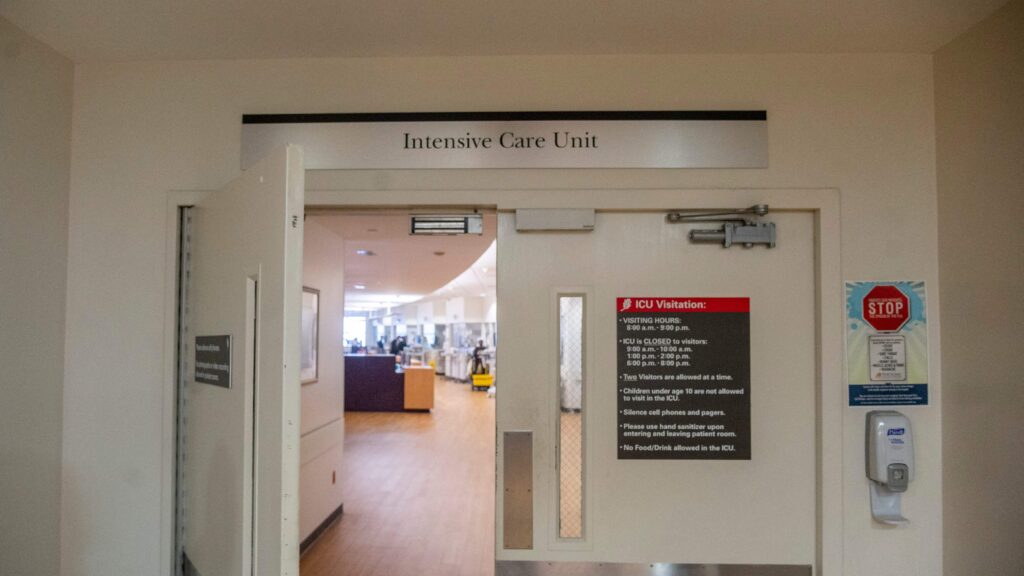Deciding whether to withdraw life support after a severe traumatic brain injury is extremely difficult. Loved ones are faced with balancing their hopes for recovery with the desire not to prolong suffering, and clinician insight is essential.
With the support of critical care physicians, most decisions on whether to end life support are made within 72 hours of hospitalization. But a new paper published Monday in the Journal of Neurotrauma suggests waiting a little longer — and gathering more data — may be beneficial.
“There is a lot of uncertainty in the clinical world about which patients are going to recover, to what degree they’re going to recover, and when they’re going to recover,” said corresponding author Yelena Bodien, an assistant professor of neurology at Massachusetts General Hospital and of physical medicine and rehabilitation at Spaulding Rehabilitation Hospital.
To learn more about those potential recovery pathways, Bodien and her colleagues enrolled close to 3,100 patients with TBI across 18 trauma centers in the U.S. between 2014 and 2021. The patients were enrolled within 24 hours of their injuries, and the researchers followed about half of them for a year. Among these patients, 90 died when life support was removed. The researchers matched them — with clinical, demographic and socioeconomic factors — to 90 similar patients in the study group whose life support had not been withdrawn, to compare the outcomes.
In many cases, patients who were kept on life support died, particularly those who were older and had more severe injuries. But nearly 30% of the matched patients made a meaningful recovery — returning to at least partial independence — within six months. That could mean living with disabilities that still allowed them to participate in some life roles they previously held; others, with less severe injuries, were able to return to normal life. Among younger patients with fewer health conditions and less severe injuries, at least 50% regained some independence.
“Even though an injury can look quite devastating hours or a few days after it happens, in many cases we have some evidence to suggest that even with the most devastating injuries people may make a recovery that is meaningful to them months or years later,” said Bodien.
This isn’t to say that the patients whose life support was withdrawn were going to survive, said Bodien — close to 60% of them would likely have died anyway. And the study shouldn’t be applied to individual cases, Bodien cautioned: The authors are not suggesting that life support should always be continued.
“What we don’t want is to see families prolong suffering, because they’re worried that they’re missing something,” said Theresa Williamson, a co-author of the study and an assistant professor of neurosurgery at Massachusetts General Hospital, and teaching faculty at the Harvard Center for Bioethics. “I can imagine if I was a family member reading this, I might think, ‘Oh my goodness, did I do something wrong? Did I miss it?’ And I think the answer is, probably not.”
But Bodien said these results call for more cooperation between critical care doctors and rehab professionals. “Critical care physicians, they do not have the opportunity to follow their patients long term,” said Bodien, who works both in acute care and rehab, where she often sees patients make some recovery weeks or months after devastating injuries. “They see a very sick patient with a devastating injury, and they can’t even imagine what it might look like over the long term.”
On the other hand, Bodien acknowledges, rehab doctors may not be as well versed in understanding the severity of an injury as their acute care counterparts. “[We] need to work together across disciplines to really understand the long term trajectory of recovery,” she said.
Fundamentally, the findings emphasize the uncertainty that comes with prognosis after a severe TBI. “Rather than make decisions really early, maybe we should continue the conversation a little longer and look at the trends so that we can better understand how people are doing, rather than being sort of nihilistic about it,” said Williamson.
James Sulzer, a professor in the department of physical medicine and rehabilitation at Case Western Reserve University who was not involved in the study, agrees that waiting some time after a TBI may be beneficial. “We can’t predict based on the first few days after an injury what’s going to happen very well,” he said. “We don’t know enough about how damage to the brain affects function. We don’t know enough about how damage to the brain affects recovery.”
Until there are better ways to make an accurate prognosis quickly, taking more time may be essential. Not only could it help clinicians make more informed decisions, it would give loved ones the ability to think more clearly about the best choice to make, said Sulzer. When his young daughter experienced a severe brain injury, he recalled, he was for many days not in a psychological position to make any decisions.
“The overall message,” said Bodien, is “a very cautious approach to withdrawal of life sustaining treatment, and perhaps giving people a few extra days to be able to demonstrate their potential for recovery.”
